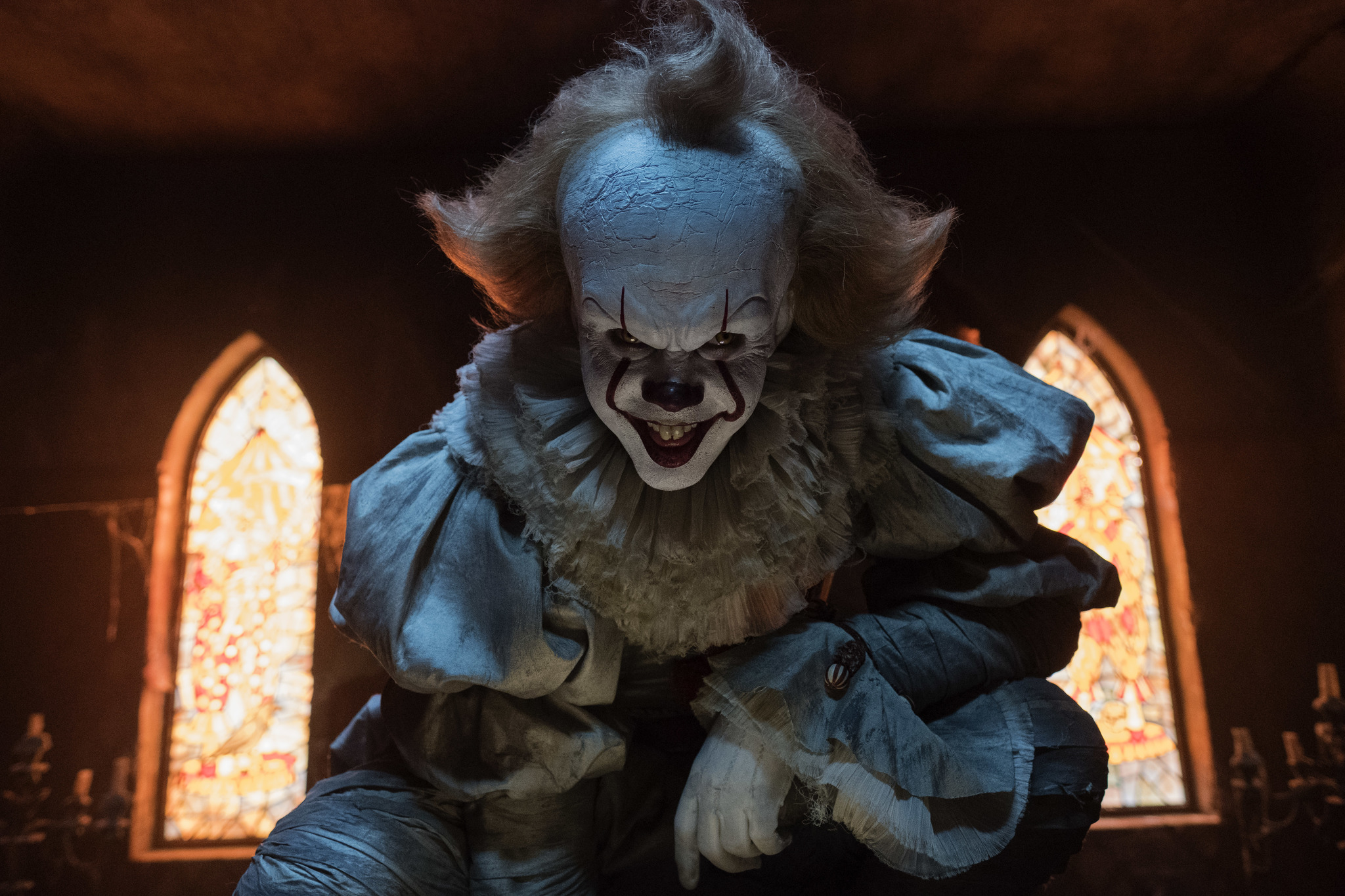Andy Muschietti’s IT (2017), adapted from Stephen King’s acclaimed novel, delivers a chilling blend of supernatural horror and coming-of-age storytelling. Set in the fictional town of Derry, Maine, the film follows a group of misfit children—The Losers Club—as they confront the shapeshifting entity known as Pennywise the Dancing Clown. Bill Skarsgård’s unsettling performance redefines Pennywise for a new generation, blending predatory menace with eerie childlike playfulness, which earned critical praise and anchored the film’s horror credibility.
What sets IT apart is not just its jump scares or gruesome imagery, but its psychological depth. It explores childhood trauma, bullying, grief, and fear in a way that resonates beyond horror fans. Cinematographer Chung-hoon Chung’s visual language reinforces the film’s eerie tone, while Benjamin Wallfisch’s haunting score elevates key scenes without overwhelming the narrative. These technical choices reflect directorial expertise and a deep understanding of both cinematic tension and emotional storytelling.
With over $700 million in worldwide box office revenue, IT became the highest-grossing horror film at its time of release, cementing its legacy. Its success lies in its ability to blend nostalgia, authentic character development, and fear-driven suspense. As a film grounded in storytelling expertise and genre innovation, IT stands as a benchmark for modern horror, demonstrating that terror is most effective when it taps into real human emotions.





